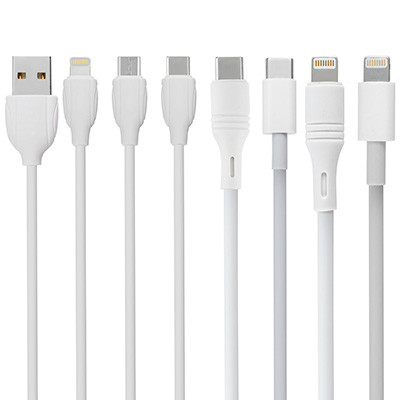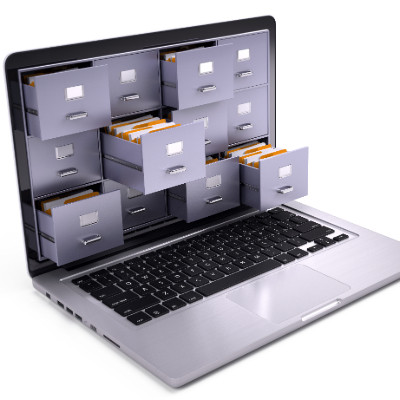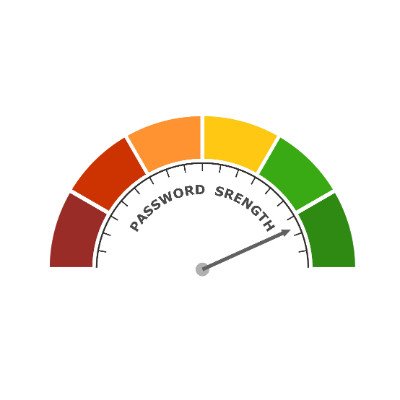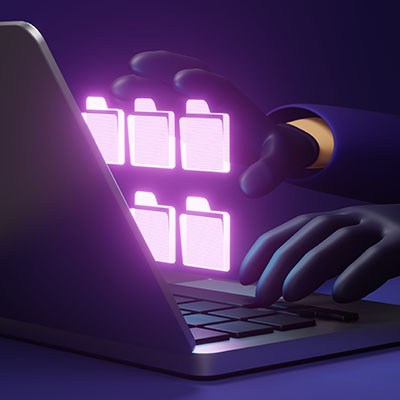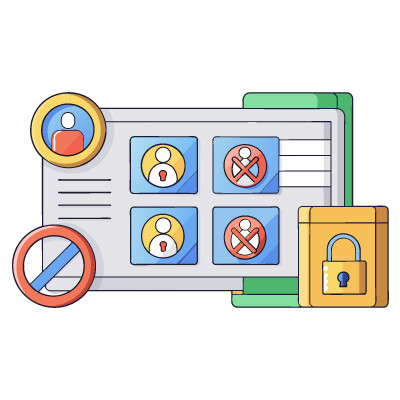Artificial Intelligence (AI) has moved from science fiction to a daily reality, fundamentally reshaping how we work and communicate. Yet, behind every groundbreaking AI application lies massive infrastructure in the form of data centers. These sprawling facilities, packed with servers, storage, and networking equipment, aren't just filing cabinets for data; they are the engines that make AI possible. Today, we are going to look at the data center and the pros and cons society will see from the expansion of AI.
Global Tech Solutions Blog
For anyone who has seen the movie Moneyball, remember Billy Beane and the Oakland A's? In the early 2000s, Beane revolutionized baseball with "Moneyball," a radical approach to team building. Faced with a shoestring budget, he eschewed traditional scouting metrics and instead used sabermetrics—advanced statistical analysis—to identify undervalued players. The result? A small-market team consistently outperforming richer rivals, proving that data, not just dollars, could buy success.
Fast forward to today, and the principles of Moneyball are more relevant than ever for modern businesses. In an increasingly competitive landscape, every company, regardless of size or industry, can leverage data to make smarter decisions, optimize resources, and ultimately, build a better business for less.
Having a backup is always a smart idea, but it is essential to remember that there are different levels of backup that a business can implement. It’s one thing to be protected against a server crash; it’s quite another to be protected against a disaster that destroys your servers, as well as those of every business within a five-block radius. While local backups serve a purpose, they cannot be the only thing you rely on. Real resilience means looking elsewhere to achieve redundancy.
It’s the summer solstice tonight, the official start of the summer season. While most of us want to focus on honing our grilling skills and soaking up as much sun as possible, we can’t afford to let our cybersecurity awareness falter as a result.
Let’s review how you can stay secure while enjoying the season.
When did you last open a spreadsheet and just sigh upon seeing the expanse of data points, with a sigh that comes from the deepest depths of your soul? It’s a fair reaction to have… especially when you know how much value there is to be found within these data sets.
Let’s walk through how you can extract this data by using Microsoft Excel’s Quick Analysis features… and don’t worry if you tend to use Google Sheets. The processes are essentially the same for everything we’re covering.
Is your business still gazing at the cloud from afar, wondering if it’s truly the promised land of IT efficiency? For many organizations, a move to the cloud for mission-critical operations can be complicated. Hesitation, while understandable, can be the biggest drain on your future potential. Let’s go through why those cloud migration worries might just be myths in disguise, and how we can help you shift into high gear.
From charging our phones to transferring those crucial presentation files, USBs are the unsung heroes of our digital world. Have you ever stopped to think about what’s actually going on inside that little connector?
Let’s get down to brass tacks and explore the inner workings of this marvel of miniaturization.
Think of your business information that includes customer details, sales figures, product lists and more. All of that data is stored in your business’ databases. As a result, you need to understand how they work and what you need to do to best manage them and the data they contain.
Here at Global Tech Solutions, we help businesses in New York make sense of their technology every day. We’ve noticed folks often have similar questions about databases, so let's clear them up with some simple answers. Did you know, by the way, that the first "databases" were essentially just well-organized paper records? We've come a long way!
You’ve probably heard a bit about blockchain. It’s a technology that is typically linked with cryptocurrencies, but its function is much more. It actually has the potential to transform everyday business operations significantly, if used properly.
Forget the complex technical stuff. At its core, blockchain is like a highly secure and transparent digital record-keeping system. Imagine a shared ledger where every transaction or piece of agreed-upon information is recorded as a block. Once a block is added to the chain, it's cryptographically sealed—meaning it cannot be altered or deleted. Everyone with authorized access sees the same information, creating a foundation of trust and clarity.
Imagine leaving the physical doors of your business unlocked overnight. The thought is unsettling, isn't it? You wouldn't risk your assets, your hard work, and the trust of your clients like that. That's precisely the risk many small to medium-sized businesses (SMBs) unknowingly take by underestimating the importance of cybersecurity.
Let’s explore just how important proper cybersecurity truly is.
In the interest of communicating how critical proper business cybersecurity is to manage, we’ve decided to take a different approach and put forth a scenario in the form of a daytime soap. As such, please feel free to read this post with dramatic music playing in the background and all dialogue imagined with elevated intensity.
In the town of Oak Falls, life seems peaceful… but under the surface, tension persists. Secrets run amok, and with so much information to take in, everyone has to worry about the Strength of Our Passwords.
How much data do your devices contain about your life? What would you do if law enforcement suddenly wanted access to it? Even if you’re a typical law-abiding citizen, you want to prioritize data privacy, but businesses also have an obligation to handle consumer information in a responsible way. Here’s what you need to know about law enforcement and access to your data.
What happens to all the data that gets stolen by hackers during their despicable campaigns? Sometimes it gets destroyed, but more often than not, it ends up on the Dark Web, where it’s put to other nefarious purposes. Today, we want to discuss the Dark Web and why it’s so important you monitor it for your business’ data.
While most browsers offer a bookmark feature, allowing a user to save certain web pages for repeated viewing, Google Chrome adds to this with an added functionality: Google Saved.
Previously known as Google Collections, Google Saved gives users a convenient place to keep track of things they want to return to later… similar to a bookmark, but more so.
If you’re a regular reader of this blog, you’ve probably come across articles on blockchain before. This week, we're shifting gears to explore a new topic: should cryptocurrency, which is enabled by blockchain technology, be subject to taxation by state, federal, and international authorities? Let’s dive into what blockchain is, how it supports cryptocurrency, and the ongoing debate about potential taxation.
Let me ask you this: would you trust every one of your team members with a key to your house? Of course not, right? After all, what if someone lost their copy or had it stolen from them?
So, if you wouldn’t trust your entire team with access to your home, why on earth would you trust them with carte blanche access to your entire business and all of its data?
That’s just it… you wouldn’t.
Having your team connected through mobile, especially with access to collaboration and communication tools, is the new normal in business. Many organizations take advantage of the ubiquity of smartphones and either provide mobile devices to their staff or utilize the built-in options on many of today’s newest mobile OSs that allow them to put an encrypted work profile on; effectively adding mobility to your business without a huge capital investment. Regardless of what option you choose, you need to have management software in place if you are going to trust your employees to have access to company information outside of the office.








